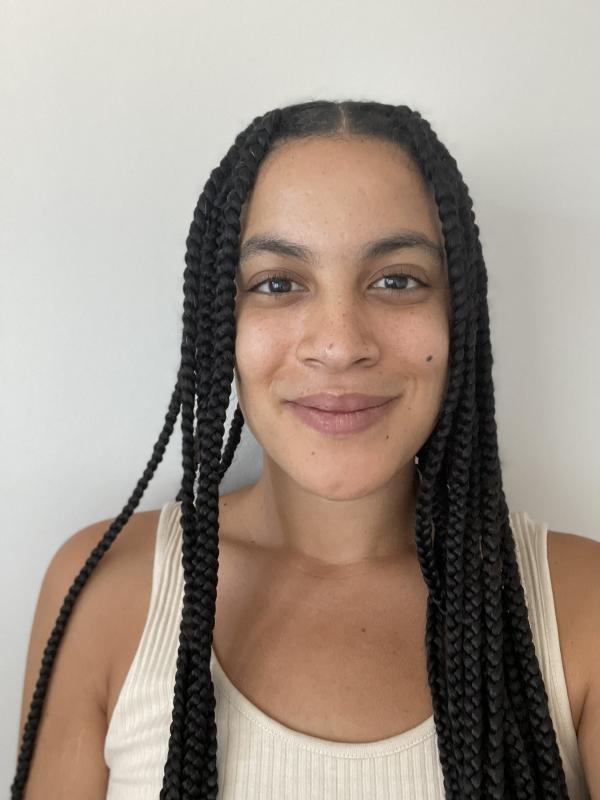The ASU-LACMA Master's Fellowship in Art History—developed by LACMA and the Herberger Institute for Design and the Arts at Arizona State University (ASU)—was established to combine academic training and work experience to advance the careers of a new generation of curators, directors, and other museum professionals who are committed to increasing equity and inclusion and engaging new perspectives, cultures, and backgrounds.
The three-year fellowship is intended to complement and expand the important programs at LACMA that help diversify the ranks of curators and other professionals in art museums. Pairing rigorous academic instruction through traditional master's-level coursework and a thesis with on-the-job work experience, LACMA and ASU Art Museum staff who are selected as fellows enroll in two courses per semester remotely, and fulfill language, professional development, and research requirements while continuing in their current role at their respective museums. Fellows receive access to resources at LACMA and the Herberger Institute, and upon completion of the program, receive a master's degree in Art History from ASU. In 2021, the program was also pleased to welcome the Pérez Art Museum Miami and the Heard Museum, Phoenix, as new partners, giving their staff the ablity to participate as Fellows.
We recently caught up with the current Fellows to learn more about their experiences in the program. Below, meet Mariama Salia (she/her).
Mariama, what is your role at LACMA?
I work in the research library as an acquisitions assistant, balancing the budget and acquiring titles for our collections.
What drew you to the ASU-LACMA Master's Fellowship in Art History program?
I couldn't pass up the opportunity the program provided! Being able to continue my full time work and support myself in Los Angeles while simultaneously gaining a Masters degree that is fully funded felt like a rare opportunity. I wanted to learn more about art history especially while working at a museum and in a vibrant city like L.A., I felt the program complemented the atmosphere.
What does a "day-in-the-life" of an ASU-LACMA Fellow look like?
It's a balancing act! You do your full time work then switch gears to attend class, then after both work/class you can focus on your homework. I also make sure to have plenty of “me” time. I find it necessary to take breaks when I need to in order to avoid feeling overwhelmed with the amount of work required on all ends.
What has been the most interesting or rewarding part of the fellowship so far?
Definitely getting to know the other fellows and the mentor/professor/professional figures involved with the program. Having an array of people in the program is fascinating. It's also been eye opening to see how I've grown so far due to the work/school balance necessary to get through.
What has been the most challenging part of the fellowship?
Balancing full time work and school. Graduate work is so intricate and demanding that pairing it with a 40+ hour work week is a true task.
How has the experience influenced your career focus or future goals?
It's made me much more aware of different avenues and facets of the art world and that's extremely helpful in figuring out which roads I'd like to take and which I wouldn't. Getting to learn about various topics in class, visiting different cities, and interacting with people from numerous fields creates a pretty diverse picture, which is helpful.
What subject(s) do you plan to focus on in your Master's thesis?
I want to focus on community-centered art, the art world that shifts away from the art market and commercialization. As a BIPOC, queer artist myself, I find camaraderie amongst other marginalied groups that have been systematically rejected from the art world/museum culture, and have found ways of gathering, mourning, uplifting, and celebrating cultures in our own voice and spaces.
We strongly encourage current and eligible employees of the partnering institutions to consider applying to the ASU-LACMA Master's Fellowship in Art History. The next application deadline is January 12, 2023.



